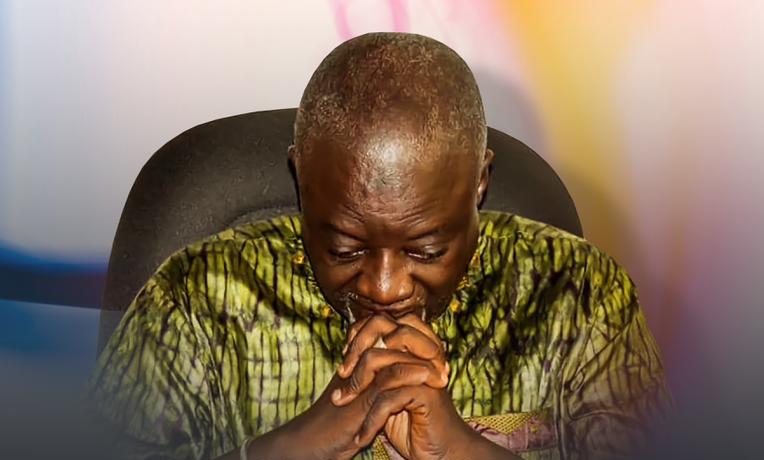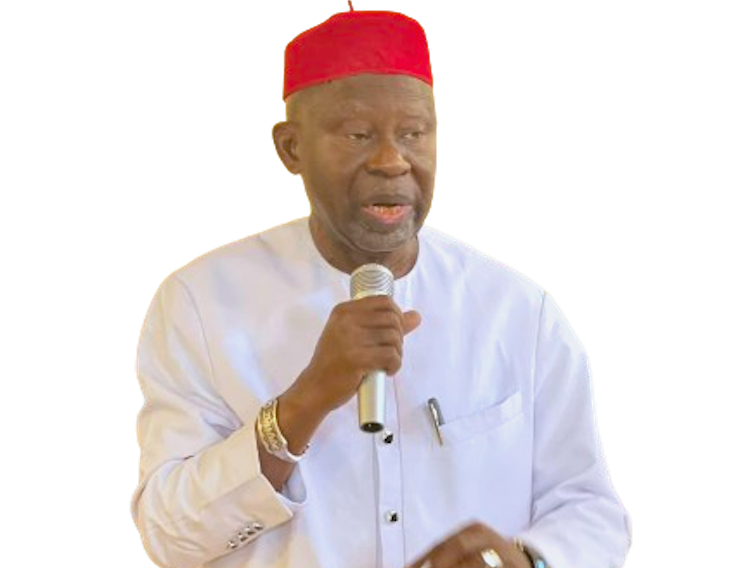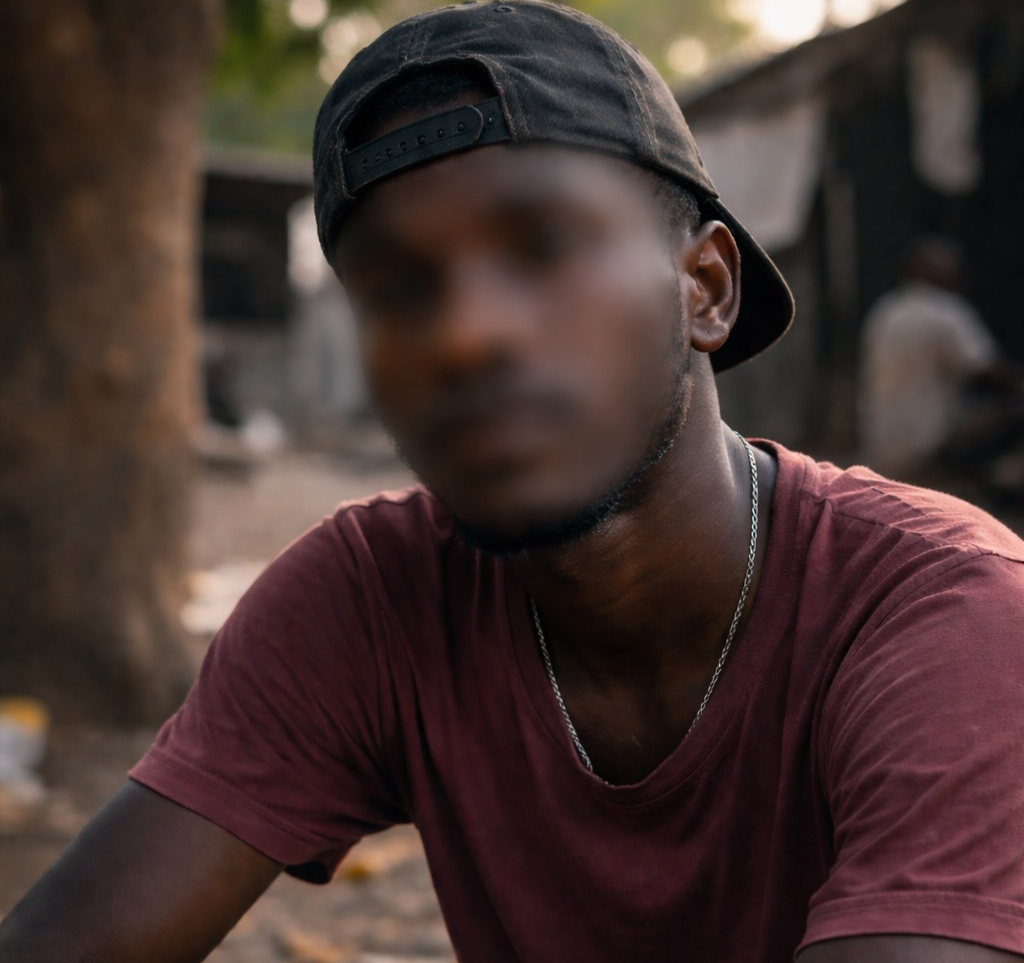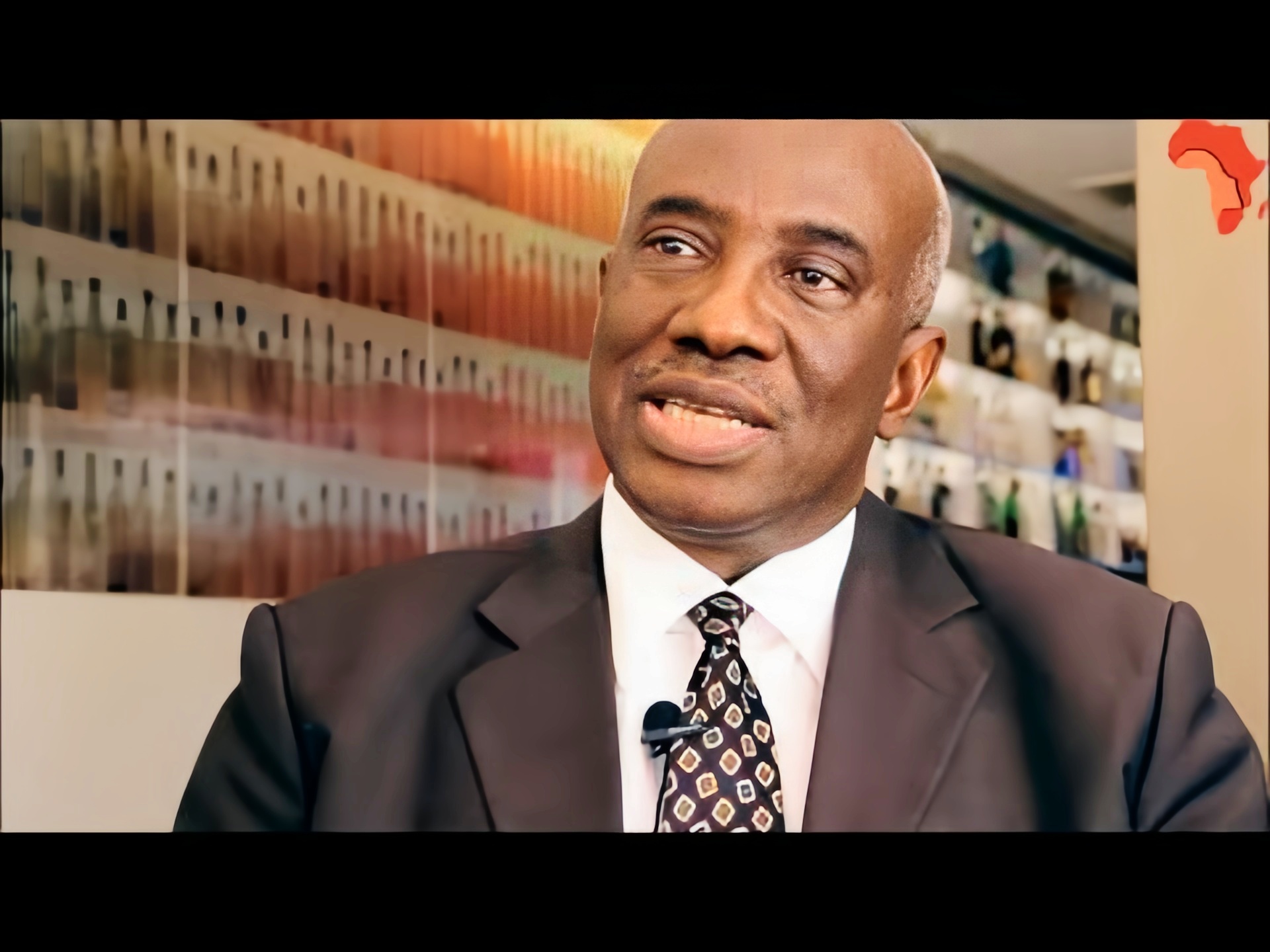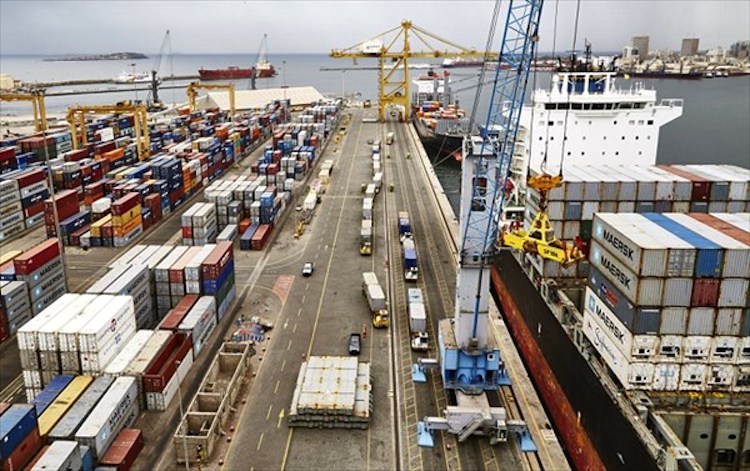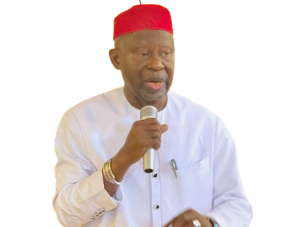Gambiaj.com – (DAKAR, Senegal) – Senegal recorded a further deterioration in its trade deficit in May 2024, widening to 340 billion FCFA compared to 278 billion FCFA in May 2023, according to data released this week by the Senegalese Directorate of Forecasting and Economic Studies (DPEE) of the Senegalese Ministry of Economy and Finance.
This alarming situation is attributed to a significant drop in exports, which fell by 32.1 billion FCFA (-10.6% to 269.8 billion FCFA), coupled with an increase in imports, which rose by 30.2 billion FCFA (+5.2% to 609.7 billion FCFA).
A Drop in Exports and Surge in Imports
The decline in Senegalese exports was driven by decreases in sales of raw gold (-28.9 billion FCFA), fishery products (-6.6 billion FCFA), and mineral and chemical fertilizers (-3.2 billion FCFA). This poor performance was partially offset by increases in exports of titanium (+7.5 billion FCFA), peanut products (+2.5 billion FCFA), and zircon (+1.2 billion FCFA).
On the import side, the increase was primarily due to higher purchases of machinery, devices, and engines (+16.7 billion FCFA), rice (+9.1 billion FCFA), and vehicles, transport equipment, and automobile parts (+5.0 billion FCFA). However, this trend was moderated by a decline in imports of wheat and meslin (-10.0 billion FCFA).
A Month-to-Month Trade Deficit Increase
Comparing to April 2024, the trade deficit deteriorated by 31.1 billion FCFA to stand at 266.8 billion FCFA. This was linked to an increase in imports of goods (+24.9 billion FCFA) combined with a decline in exports (-9.2 billion FCFA).
A Contrasting Performance within UEMOA
Within the UEMOA, Senegal’s exports of goods saw a monthly increase of 26.8% (+17.3 billion FCFA), reaching 81.6 billion FCFA. Mali remains Senegal’s leading customer within the Union, with a share estimated at 72.4%, a drop of 8.5 percentage points from the previous month.
Conversely, Senegal’s imports of goods within UEMOA surged by 66% (+4.5 billion FCFA) in May 2024, reaching 11.2 billion FCFA compared to the previous month. During this period, Ivory Coast remains Dakar’s leading supplier, with a share of 89.4%, an increase of 10.3 percentage points from the previous month.



